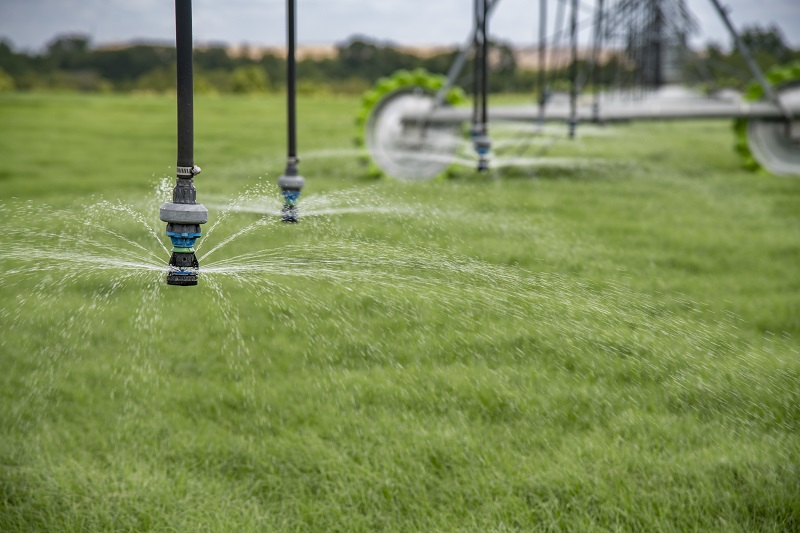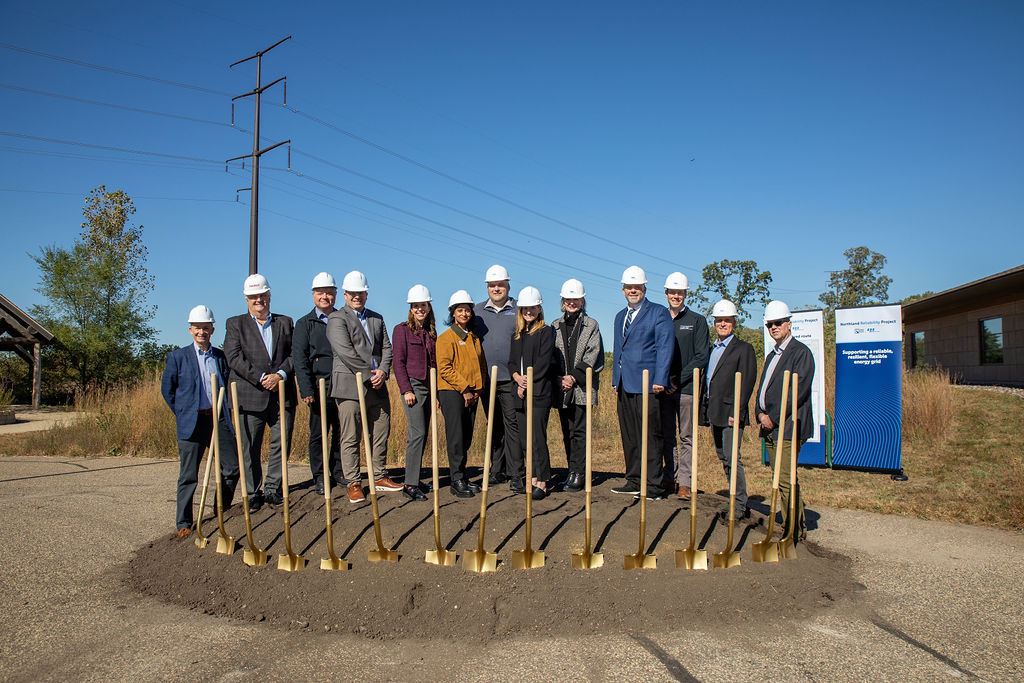The modern capabilities of advanced metering infrastructure (AMI) and Great River Energy’s demand response management system (DRMS) made possible a pilot program now in its third year that benefits Great River Energy and its member-owner cooperatives.
The pilot tests a new approach to the irrigation load control program offered by most of Great River Energy’s member-owners, which gives member-consumers the option to let the electricity that powers their irrigation systems be turned off at peak times to reduce stress on the grid. Participating members receive a lower electricity rate.
The standard irrigation program allows cooperatives to control irrigators from May through September. The pilot uses the DRMS to opt participating members out of load control in both May and September — the months farmers usually plant and harvest.
“This allows sensitive farming activities to carry on uninterrupted,” said John Reinhart, Great River Energy’s demand response technology lead.
Even though most farmers are not watering during those “shoulder months,” they may need to operate the motors that pivot their irrigation systems so they can be maneuvered for planting or harvesting.
“Our members are happy,” said John Pantzke, business development and energy services supervisor for Stearns Electric Association, one of Great River Energy’s 28 member-owners. “They continue to receive the lower energy rate while not being controlled during planting and harvest when they need to move their irrigators.”
Reinhart said Great River Energy hopes to learn from the pilot how much controllable load there is during these shoulder months and how much the irrigation program contributes to load management efforts separate from air conditioning, water heating and other summer load control programs. He attributed the pilot project to grid modernization technologies.
“We couldn’t do this before because AMI didn’t exist to provide the members with accurate billing peak credits. And before the DRMS project, we did not have the surgical precision of locational load control per co-op,” Reinhart said.

 " data-object-fit="cover">
" data-object-fit="cover">